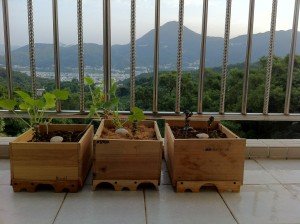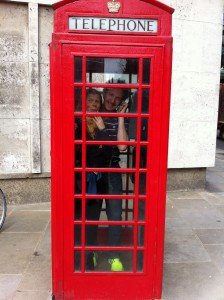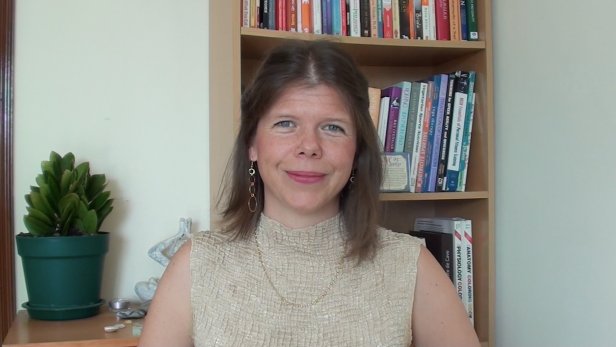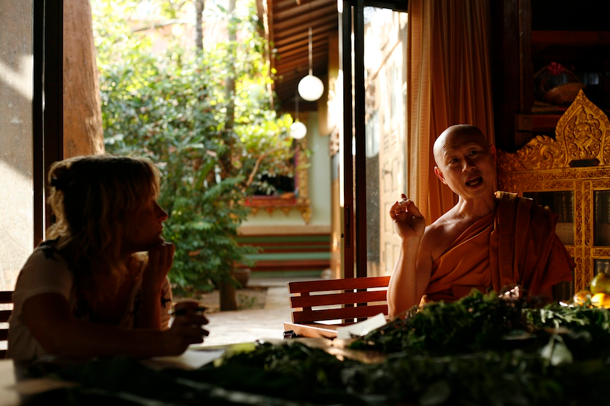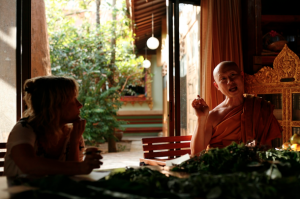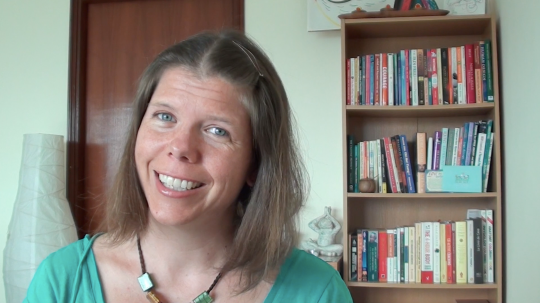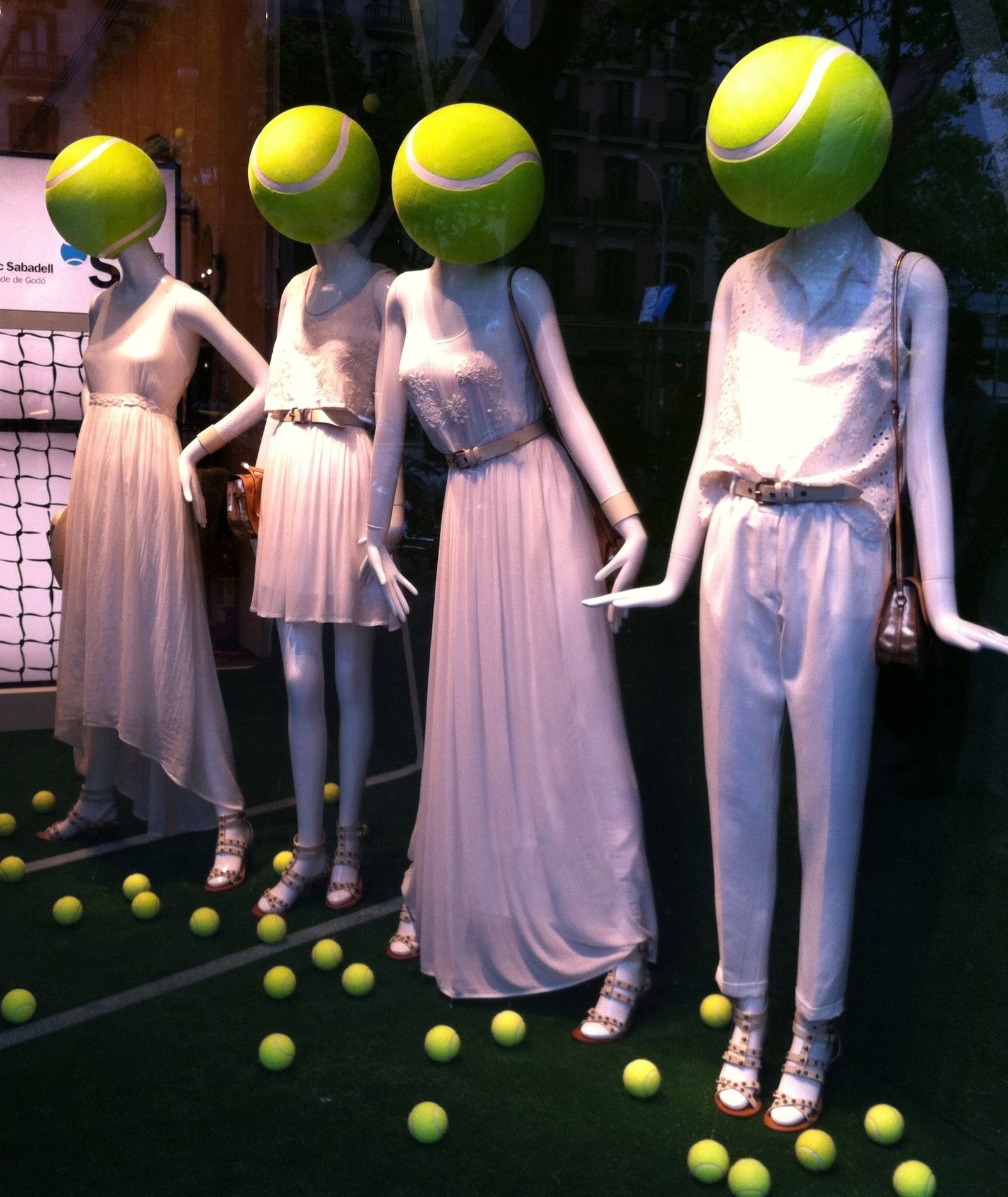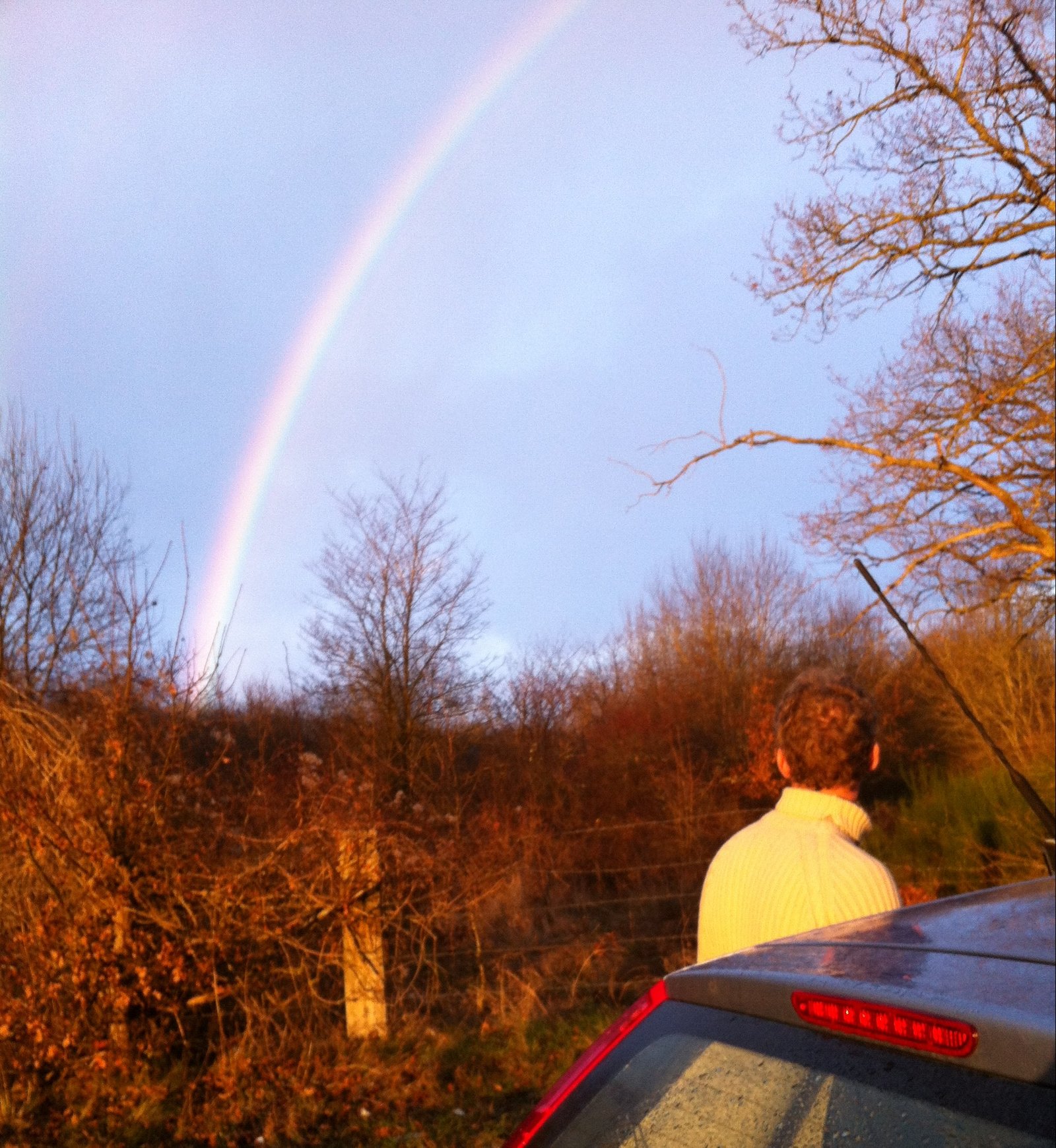
 “Sometimes things are so bad that I have to laugh so that I don’t cry.” David Deida
“Sometimes things are so bad that I have to laugh so that I don’t cry.” David Deida
As fas as I can figure, there is no miracle cure for fixing relationships.
There are things that we can do to make them better, tips and tools for improving this or that.
But making the whole thing sublime? Nope. Not that I’ve seen.
Too bad, as far as I’m concerned. It would be great if my relationship with my partner was the cleanest, most beautiful, light bearing thing in my life.
Instead, while it is a source of great joy, it is also happens to be the thing that uncovers my darkest parts. It shows me where my demons are; handily pointing out all of the icky, nasty, icky things that, frankly I would rather just keep hidden in the depths.
On the other hand, this is also one of the greatest gifts that my relationship gives me. It points out in glaring detail and no uncertain terms, where I’m needing growth and change.
It pinpoints exactly where I need to shine some light.
One thing that my relationship has been showing me lately is my tendency to get angry. My partner thinks that I’m the cause of the anger, that I initiate it, and of course I think that he does. Is one of us unconscious about bringing the anger or are we both? This is an endless argument that our shadows could enjoy fighting over forever.
What seems to matter most is, what can we do to stop being angry in the first place?
How can we stop it as it’s happening and even better how can we stop it before it starts?
Great questions.
Usually, if I’m writing about something it’s to share some tip or tool that I’ve discovered to be really helpful. Not this time.
So far nothing that we’ve tried works. This issue seems to require some deep excavation and a big does of bravery as we shine our lights into the recesses… we may need a light house versus our standard flash light approach.
How do we do that, we’re wondering?
We’ll probably use many of the familiar tools for illumination: meditation, journaling, shadow work, inner child work, conflict resolution skills, psychoanalysis, dreamwork, journaling, rituals, etc, etc, etc. Big moments of clarity and insight will happen eventually.
In the meantime, it just hurts, so I’m trying to remember to not take myself too seriously.
I try to remember that we’re both human, having this wacky human experience, that I don’t really know why I’m here and what any of this means… and that in that case I’m free to laugh or cry as I choose. That in the larger sense, there is no clear reason to choose one over the other, so why not choose to laugh?
As I’m looking at this painful issue that feels so abusive with no clear way to fix it, this is the one thing I can think of to lighten the situation. Laughter.
I can cry in frustration.
Or I can laugh with delight… Yay! Another shadow dancing into the light!
Elena Maria Foucher blogs her experiments in joyful living on the Joy Lab at ElenaMariaFoucher.com. She teaches meditation and stress management in Hong Kong and is the creator of simple, quick meditations you can learn while brushing your teeth at ToothbrushMeditations.com.
(This article was first published in the online magazine CoSozo.com)


